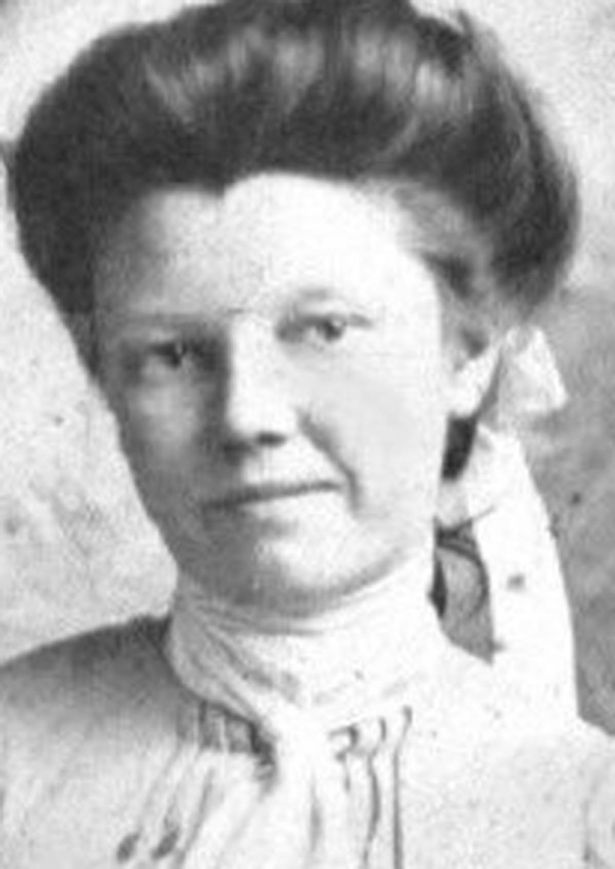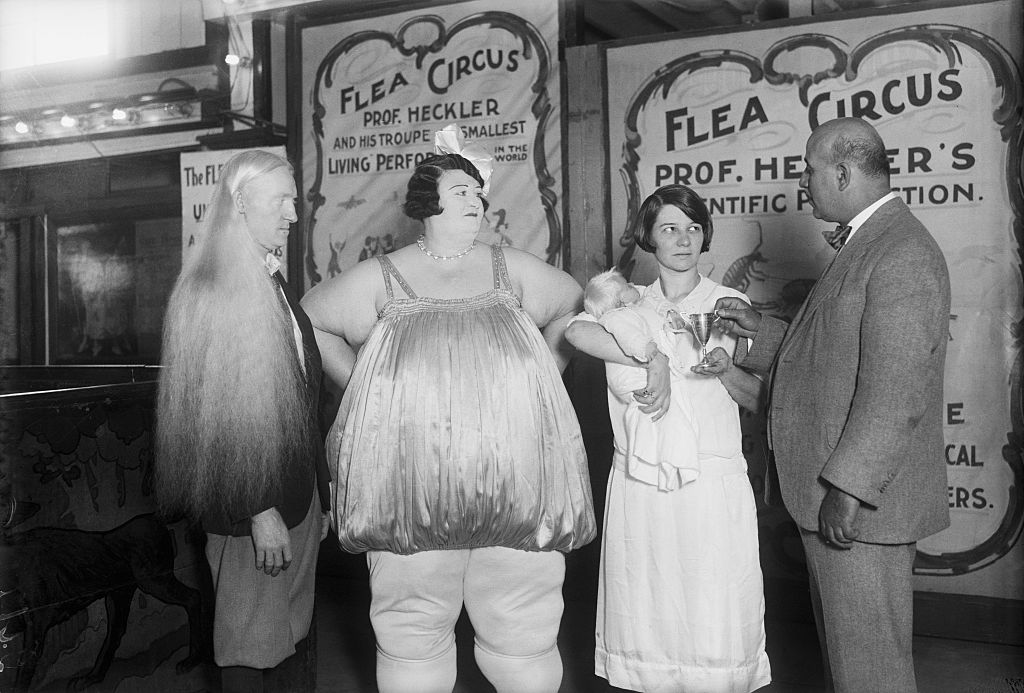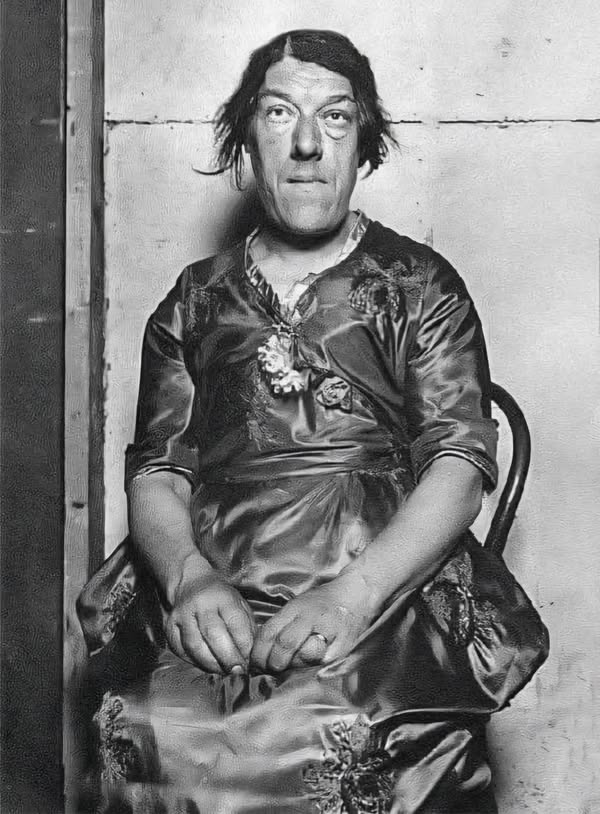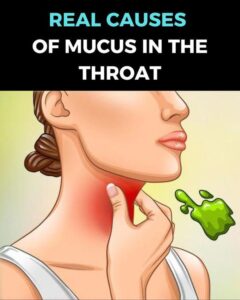Mary Ann Bevan, known as the “Ugliest Woman in the World,” led a life filled with both incredible hardship and remarkable strength. Her story is a powerful reminder of the human spirit’s resilience and the lengths a mother will go to for her children.
The Early Life of Mary Ann Bevan
Born Mary Ann Webster on December 20, 1874, in Plaistow, East London, Mary Ann had a seemingly bright future ahead of her. She was one of eight children in a working-class family. Growing up, Mary Ann was like many other children of the time, full of hope and potential. She pursued medical studies and became a nurse in 1894. She was known for her beauty and delicate features, traits that suggested a promising life ahead.
In 1902, she married Thomas Bevan, and the couple had four children together. However, their happiness was short-lived. After 14 years of marriage, Thomas passed away suddenly from a stroke, leaving Mary Ann a widow with four young children to care for. This marked the beginning of her struggle, but it was also when her health began to deteriorate, a challenge that would soon change her life forever.
The Onset of Acromegaly
At the age of 32, shortly after her marriage, Mary Ann started experiencing changes to her body that would soon become a nightmare. She began showing signs of acromegaly, a rare disorder where the body produces too much growth hormone, leading to enlarged bones and tissues. This condition typically affects the hands, feet, and face, and for Mary Ann, it tragically manifested as a rapidly growing and more masculine face.
In the early stages of the disease, Mary Ann’s appearance changed significantly, and her features became unrecognizable. During a time when medical knowledge of such conditions was limited, Mary Ann was forced to endure the physical and emotional toll of the disease without much support. Despite the lack of understanding about acromegaly at the time, her condition worsened, and she found it increasingly difficult to earn a living.
Turning to a “Freak Show” for Survival
As Mary Ann’s appearance continued to change, finding work became nearly impossible. Her once-beautiful face became a source of fear for potential employers, who found her deformed appearance unsettling. Facing mounting bills and the responsibility of raising her children alone, Mary Ann came across a newspaper ad that would alter the course of her life.
The ad read, “Wanted: Ugliest woman. Nothing repulsive, maimed or disfigured. Good pay guaranteed, and long engagement for successful applicant. Send recent photograph.” The man behind the ad, Claude Bartram, worked as an agent for the Barnum and Bailey Circus, a well-known American circus. With little choice, Mary Ann sent a photograph of herself and soon received a response.
It was not a decision made for fame or wealth but out of desperation to provide for her children. The offer was promising: £10 per week for a year, along with travel expenses and the money from the sale of picture postcards of herself. Despite initial reluctance, Mary Ann agreed, driven by the desire to support her children and give them a better future.
.

The “Ugliest Woman in the World” Becomes a Circus Star
Mary Ann’s life took a dramatic turn when she joined the circus and became a star attraction. In 1920, she traveled to Coney Island in New York, where she was labeled “The Ugliest Woman on Earth” by the press. While many viewed her as a spectacle, Mary Ann’s story is far more than a tale of exploitation. She was a loving mother who made immense sacrifices for her children’s future.
At the Coney Island Dreamland Show, Mary Ann competed for attention with other circus performers, such as bearded ladies and conjoined twins. Despite the cruelty of being put on public display, she gained fame and became the center of attention. Though she wore male clothing to appear less feminine and had to endure mockery, Mary Ann’s primary focus remained on providing for her children.
Her time in the circus allowed her to earn a significant amount of money, roughly $590,000 by the end of her career. This fortune enabled her to send her children to boarding school in England, a decision that broke her heart but which she made to ensure they had better opportunities than she had.
The Moral Dilemma of Exploitation
While Mary Ann’s success in the circus was undeniable, the ethics of using individuals with physical disabilities for entertainment sparked moral concerns. Even during her time in the circus, some people, including the famous neurosurgeon Harvey Cushing, spoke out against the exploitation of people like Mary Ann. Cushing publicly criticized the circus for profiting off her condition, emphasizing the immorality of using her and others as a spectacle.
Despite these criticisms, the public continued to flock to see Mary Ann. She endured many challenges, including the constant comments and laughter at her expense. However, the financial rewards enabled her to fulfill her greatest wish — securing a better life for her children.
 Plaster casts of acromegalic patient / Jon Brenneis/Getty Images
Plaster casts of acromegalic patient / Jon Brenneis/Getty Images
The Last Years of Mary Ann Bevan’s Life
Mary Ann continued her work in the circus until the mid-1920s, eventually returning to Paris for another exhibition. She lived in New York until her death in 1933 at the age of 59, succumbing to natural causes. Her children honored her final wish to be buried in her birthplace, and she now rests at the Ladywell and Brockley Cemetery in South London.
 Coney Island freak show. An albino photographed with fat lady.
Coney Island freak show. An albino photographed with fat lady.
Mary Ann’s life story is a testament to her strength, resilience, and unwavering love for her children. She faced unimaginable challenges but never gave up on providing a better future for her family. Her legacy serves as a powerful reminder of the importance of compassion, dignity, and the sacrifices parents make for their children.
 Getty
Getty
Conclusion: The True Meaning of Beauty and Sacrifice
Mary Ann Bevan’s story transcends the label of “ugliness” imposed on her by society. Her true beauty lay in her selflessness, determination, and love for her children. She sacrificed her own well-being and endured public humiliation to ensure that her children had opportunities she never had. In the end, her story is one of strength, love, and resilience.
For more inspiring stories of resilience and sacrifice, check out these articles:
- Full Story: Pope Francis’ Heartbreaking Final Gesture to His Nurse Before Death
- Full Story: Pope Francis Describes Death as a New Beginning Before His Passing


